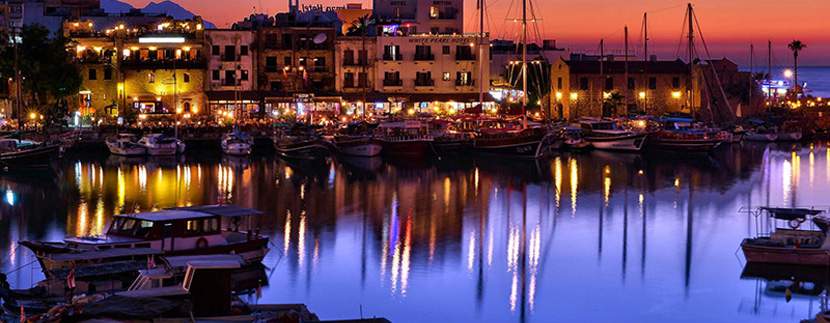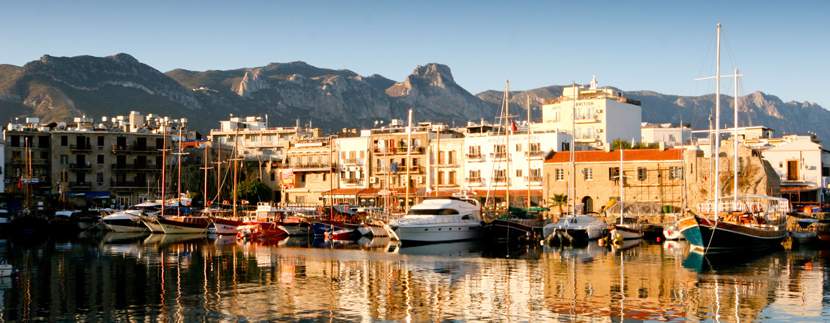Cyprus, located in the Mediterranean, south of Turkey, to the east of Syria, tucked up nicely in the calm deep blue waters. Northern Cyprus boasts warm summers, cool mountains and wonderful unspoilt beaches.
The third largest Mediterranean island, it is divided into the Northern (Turkish) and Southern (Greek) halves. Divided by a mountain range and arable plain, Northern Cyprus has a plentiful supply of freshly produced products ranging from wheat to honey. The Northern Cypriot mountains are covered intensively in forests, which are a delight for wanderers, bikers, naturalist and climbers all year round.
Governed by the ancient Hittite for a period, and then by the Achaeans from Greece and finally by the were ruled by the Roman and Byzantine empires, it has a long and colourful history with many influences and historic land marks. In 1571 it was conquered by the Turks, again by the the Ottoman Empire in 1878, and occupied by the British in 1960. Each leaving their mark on the Island.
It finally gained its independence as the Republic of Cyprus, which in 1974 was overthrown by the Greek/Turkish conflict resulting in today´s two state policy.
The largest city of Nicosia is shared by both states with the south being predominantly Greek and the north Turkish orientated, whereby the Cypriots support their own understanding of being proudly Cypriot. The TRNC (Turkish Republic of Northern Cyprus) is seeking recognition by the world council.
The climate is typical Mediterranean. Summers are long and dry, and winters are short and rainy. The average annual temperature 19 º C (66 º F). Mid-summer temperature is 40 º C (105 º F) the warmest sea in the Mediterranean and the average is around 21 º C (75 º F). The weather is pretty mild in winter and the average annual rainfall is more than 500mm of rain east of the west coast.
Evergreen foliage, citrus fruits, as well as scrub, deciduous trees, dwarf shrubs, flowers of different species of trees and bushes of Cyprus creates the overall vegetational cover.
The Cypriot weather has been an important factor in the formation of the unique Mediterranean climate of the region, leading to its natural vegetational wealth. The most common types of forest tree species are pine, cypress, and oak are subsequently grown on the island. 150 different species of bush and trees, and 1900 different kinds of flowering plants that grow naturally all over the island have been noted. Most impressively there are 30 species of orchids known in the world which thrive only on Cyprus.
Having a wide and diverse population of both endemic and migrating birds, Cyprus is a haven for bird watchers. Located on the main migration routes between Europe, the Orient and Africa, Cyprus is a perfectly protected natural sanctuary for birds. Also living on the island are 26 different land and amphibious water reptiles.
Cyprus is also unique in the Mediterranean for its beaches providing safe havens for endangered sea turtles, Caretta and Chelonia mydas have protected areas ideal for spawning.





